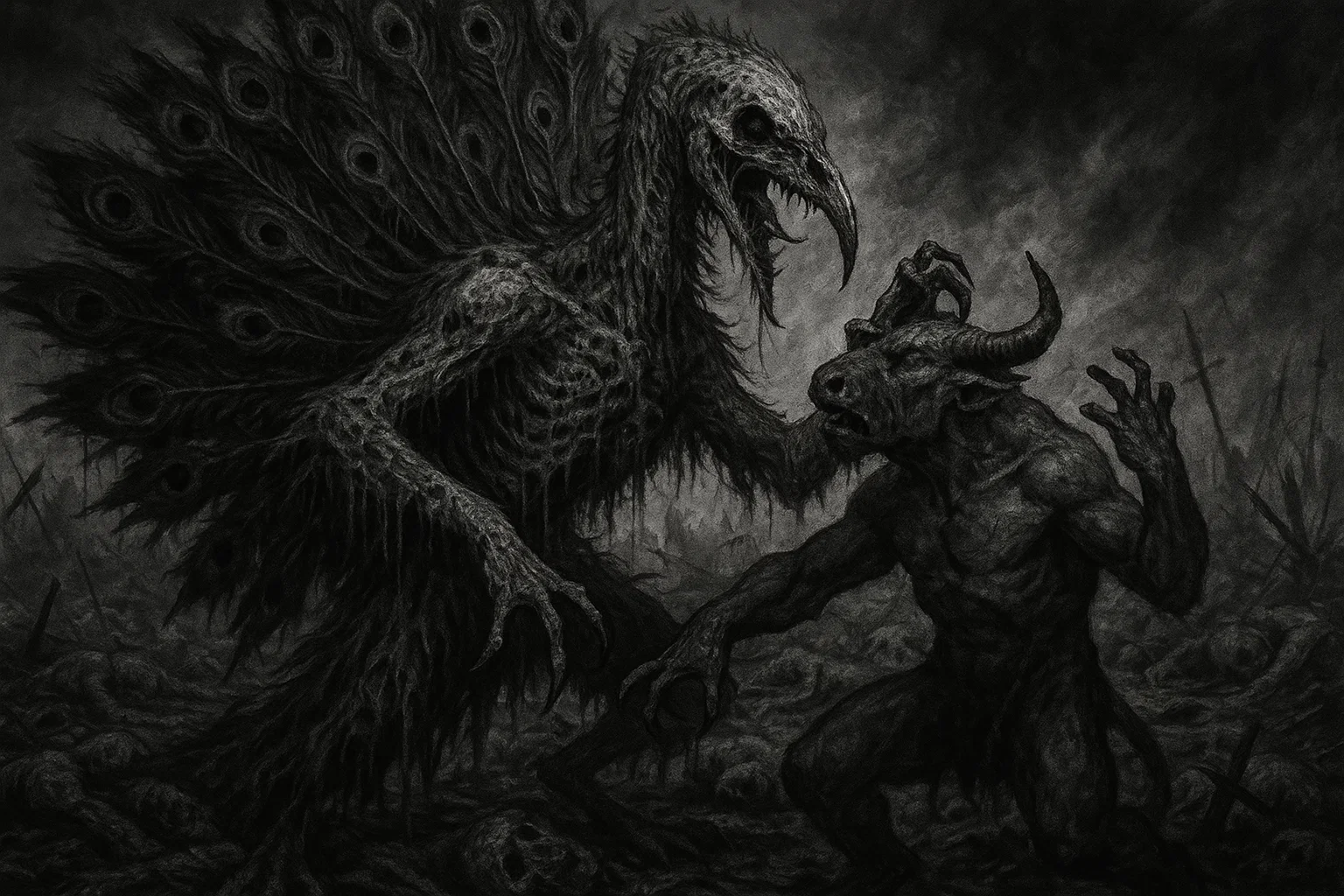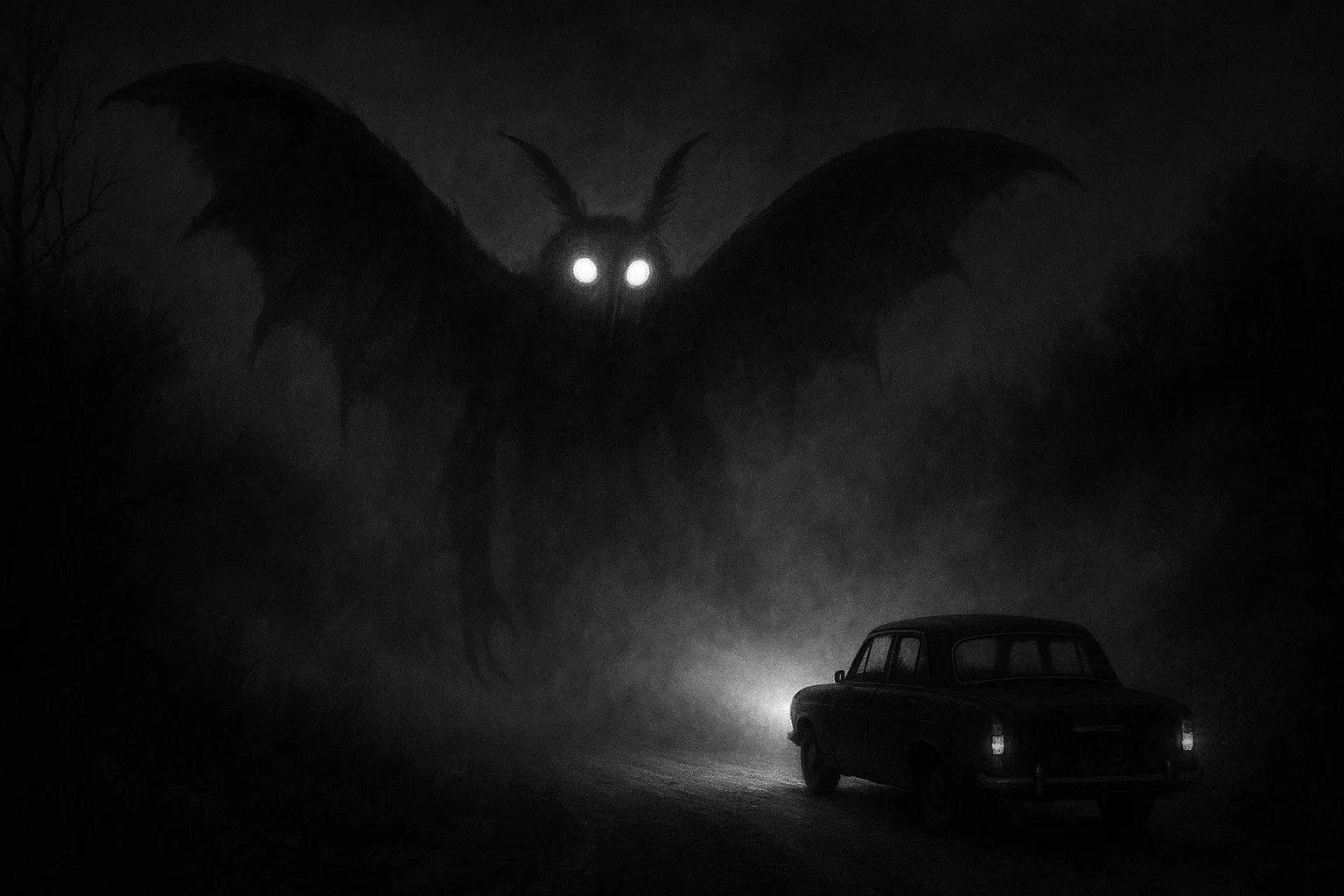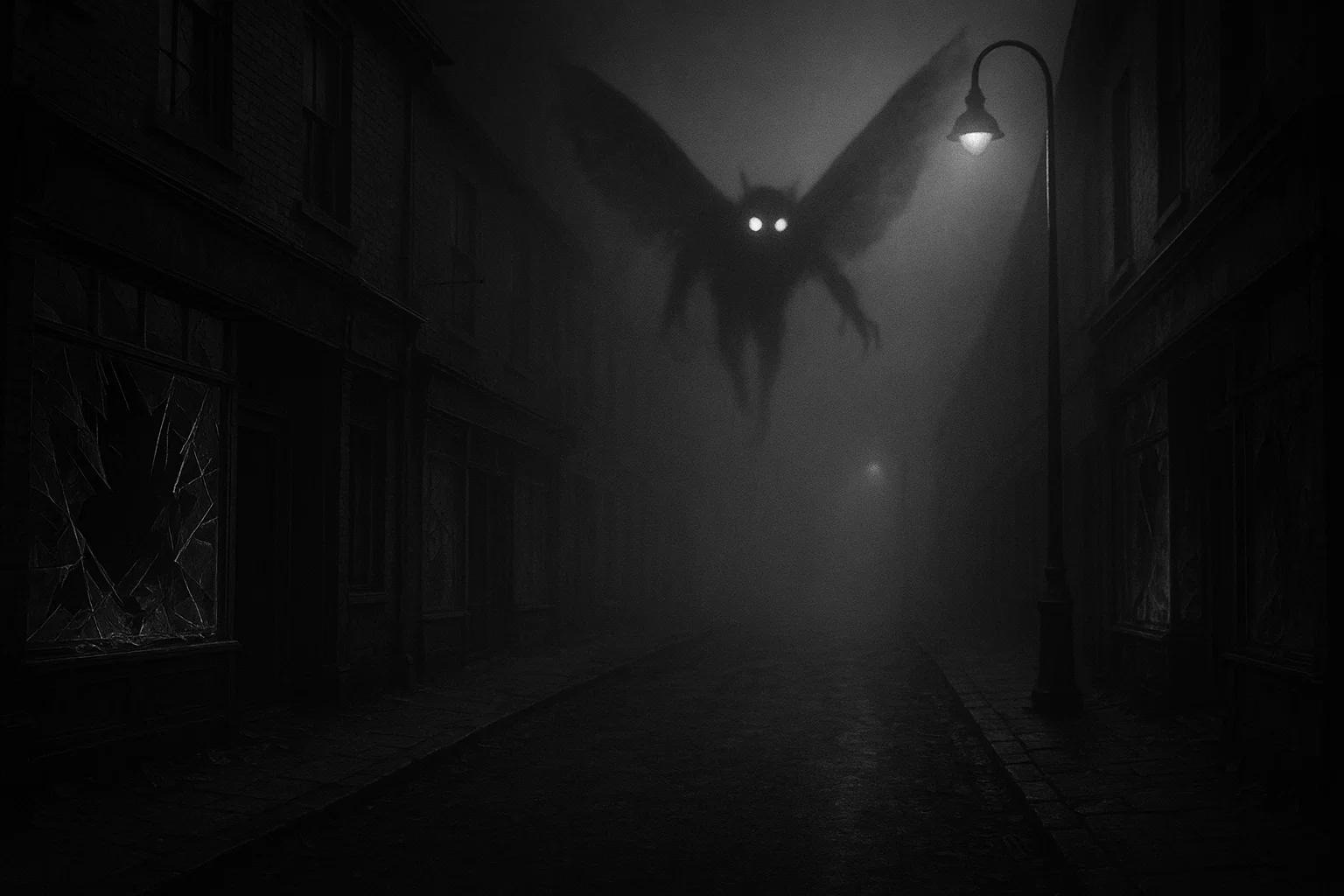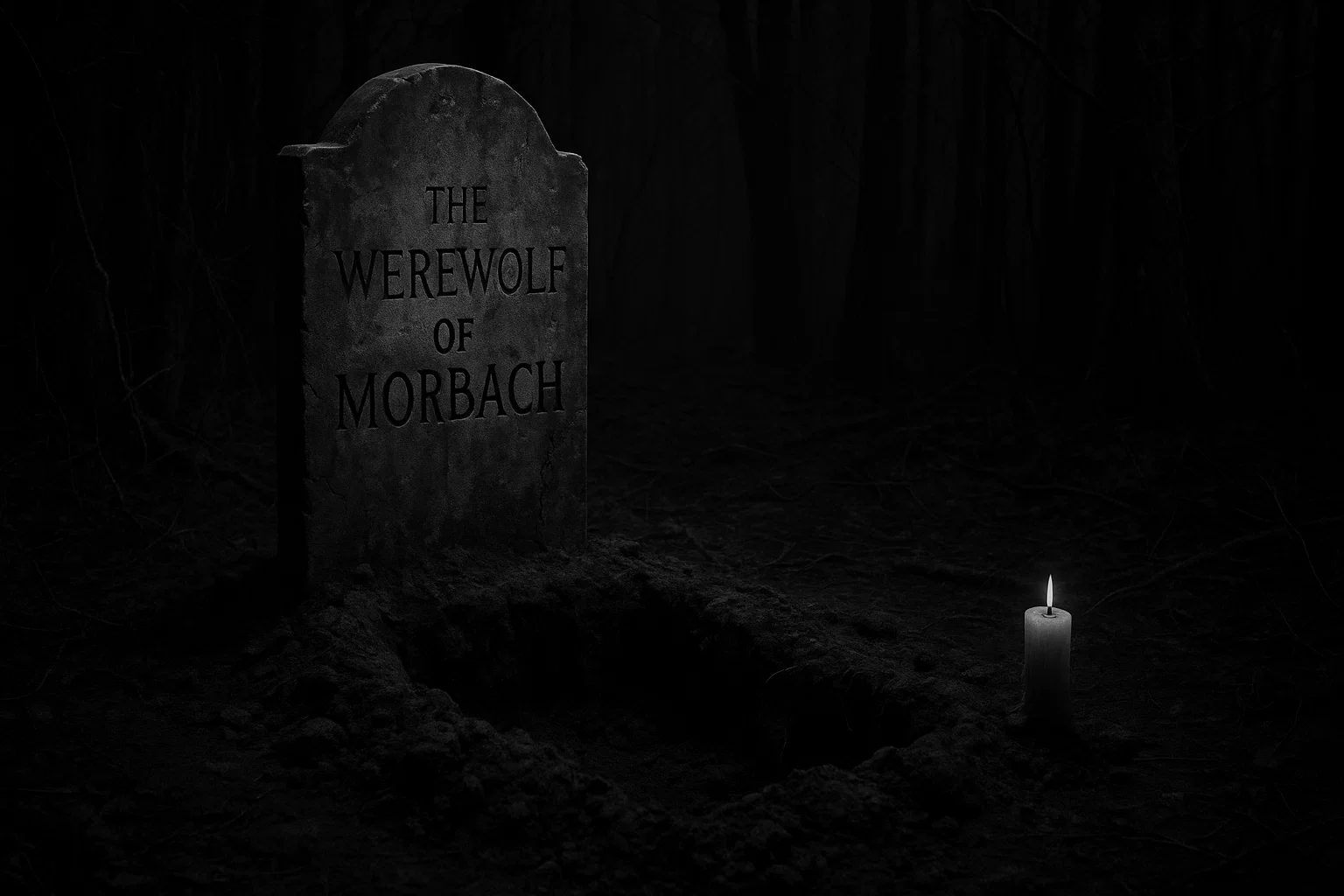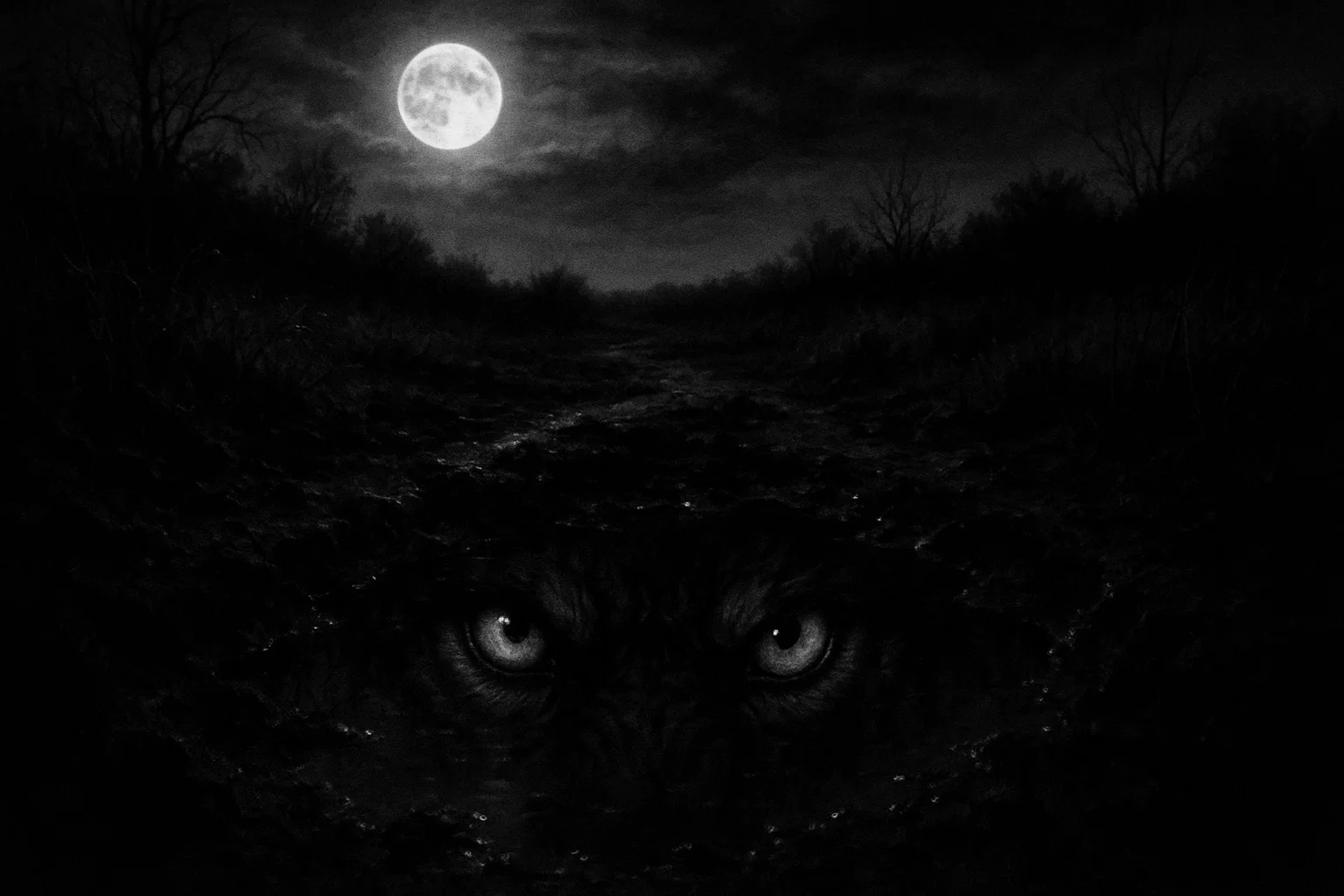Unveil the mysteries of Andrealphus, a formidable Great Marquis of Hell who reigns over 30 legions of infernal spirits.
Known for his mastery of geometry, astronomy, and the enigmatic power to transform humans into birds, Andrealphus is a captivating figure in Goetic demonology. With his striking peacock form and intellectual prowess, he bridges the celestial and infernal realms.
Chronicled in ancient grimoires like the Ars Goetia and Pseudomonarchia Daemonum, his legacy endures in modern media such as Helluva Boss. What secrets does this demon hold? Dive into his origins, powers, and cultural impact to uncover the allure of Andrealphus.
Table of Contents
Key Information
Andrealphus, also spelled Androalphus, is a prominent entity in Western occult traditions, revered for his intellectual and transformative abilities. Below is a comprehensive overview:
| Attribute | Details |
|---|---|
| Name | Andrealphus (Androalphus) |
| Alternate Names | Androalphus, Adrammelech (disputed) |
| Titles | Great Marquis of Hell |
| Appearance | Peacock with loud noises or deep voice, transforms into human form |
| Powers | Teaches geometry, astronomy, mensuration; transforms humans into birds; aids in legal evasion through argumentation |
| Number of Legions | 30 |
| Pantheon | Goetic Demonology |
| Primary Sources | Pseudomonarchia Daemonum (1577), Ars Goetia (17th century), Dictionnaire Infernal (1818, 1863 ed.) |
| Associated Symbols | Peacock, geometric compass, celestial charts, bird feathers |
| Associated Gem | Amethyst (clarity), Moonstone (intuition) |
| Associated Color | Violet (wisdom), Silver (lunar energy) |
| Modern Depictions | Helluva Boss, Shadowhearts, artworks by Patricia Frida |
| Superior Demon | Likely Lucifer or Satanachia |
| Region of Hell | Not specified, possibly associated with eastern Hell |
Etymology
The etymology of Andrealphus is shrouded in mystery, sparking curiosity among demonologists and occult scholars.
What does the name Andrealphus mean?
The name likely derives from Greek or Latin roots, reflecting his intellectual and transformative roles. The prefix “andro” comes from the Greek andros, meaning “man” or “human,” suggesting a connection to humanity or masculine authority. The suffix “-alphus” may relate to alpha (Greek for “first” or “leader”), implying dominance or primacy in knowledge.
This interpretation positions Andrealphus as a figure of intellectual leadership.
Is Andrealphus linked to ancient deities?
Some speculate a connection to the Greek river god Alpheus, who pursued the nymph Arethusa, symbolizing transformation and pursuit, themes echoed in Andrealphus’s bird-transformation power.
You May Also Like: Is the Marion Military Institute Haunting Real?
However, this link is tenuous, as Alpheus lacks the celestial or mathematical attributes of Andrealphus. Another theory suggests a Latin influence, with alphus possibly derived from albus (white), evoking purity or celestial light, ironic given his demonic nature.
Why is Andrealphus sometimes called Androalphus?
The variant Androalphus, used in the Dictionnaire Infernal, likely stems from scribal variations or regional pronunciations during the Renaissance. These inconsistencies are common in grimoires, as seen with demons like Amon (Aamon).
Is Andrealphus related to Adrammelech?
The association with Adrammelech, a biblical figure from 2 Kings 17:31 linked to child sacrifice in Sepharvaim, is contentious.
While some sources list Adrammelech as an alternate name, their attributes differ: Adrammelech is a solar deity with no geometric or transformative powers. Most demonologists, including Johann Weyer, treat them as distinct entities, suggesting the link is a later conflation.
What linguistic origins shape Andrealphus’s name?
Less likely theories propose Hebrew or Akkadian roots, such as adar (noble) or melech (king), but these lack direct evidence. The name’s phonetic strength and lack of a clear mythological precursor suggest it may be a unique creation of the grimoire tradition, designed to evoke authority and mystique.
Historical and Mythological Background
Andrealphus is a product of Western demonology, a tradition rooted in medieval and Renaissance occultism that cataloged infernal spirits allegedly bound by King Solomon.
His earliest documented appearance is in Johann Weyer’s Pseudomonarchia Daemonum (1577), a seminal work by a Dutch physician critical of the witch-hunting fervor of the 16th century. Weyer lists Andrealphus as the 54th demon, a Great Marquis who appears as a peacock, teaches geometry and astronomy, and transforms men into birds, commanding 30 legions.
The Ars Goetia, part of the 17th-century Lesser Key of Solomon and later edited by S.L. MacGregor Mathers and Aleister Crowley in 1904, ranks Andrealphus as the 65th spirit. It expands his powers to include mensuration (the measurement of geometric figures), reflecting the Renaissance’s growing interest in mathematical precision for architecture and navigation.
Jacques Collin de Plancy’s Dictionnaire Infernal (1818, illustrated 1863) further refines his image, describing Androalphus as a demon who aids in evading judges through clever argumentation and bird transformation, a unique addition to his repertoire.
Andrealphus’s lack of a clear pre-Christian mythological precursor distinguishes him from demons like Astaroth (linked to Astarte) or Amon (tied to Amun-Ra).
Some occultists speculate he was a fallen angel, possibly from the order of Thrones or Cherubim, tasked with celestial knowledge before his rebellion alongside Lucifer. His peacock form, a symbol of pride and vanity in Christian iconography, supports this narrative, as peacocks were often associated with fallen angels in medieval art.
During the European witch trials (1450–1750), Andrealphus’s powers would have appealed to scholars, alchemists, and occultists seeking advanced knowledge in geometry and astronomy, fields critical to the Scientific Revolution.
You May Also Like: Nancy Mountain Ghost: Haunted by a Grieving Mother? Here’s Her Story
His transformation ability may have been interpreted as a means to escape persecution, reflecting the era’s paranoia and legal dangers. The Book of Abramelin (c. 1450) does not name Andrealphus explicitly but includes spirits with similar intellectual roles, suggesting his archetype was part of broader occult traditions.
The Renaissance context, marked by the rediscovery of classical texts and advancements in mathematics, likely shaped Andrealphus’s portrayal.
Figures like Johannes Kepler and Tycho Brahe, contemporaries of the grimoires’ compilers, elevated astronomy’s prestige, making Andrealphus a patron of cutting-edge knowledge.
His absence from earlier texts like the Liber Officiorum Spirituum (1530–1583) suggests he solidified as a distinct entity in the 16th century, possibly as a composite of scholarly and mystical archetypes.
Historical Mentions
Andrealphus appears in several foundational demonological texts, each contributing to his portrayal as an intellectual and transformative demon. Below are key mentions with direct quotes where available:
| Text | Date | Description |
|---|---|---|
| Pseudomonarchia Daemonum | 1577 | 54th demon, a Great Marquis appearing as a peacock, teaches geometry, astronomy, and transforms men into birds; commands 30 legions. |
| Ars Goetia | 17th century | 65th spirit, a Mighty Marquis, teaches geometry, mensuration, astronomy, and transforms men into birds; commands 30 legions. |
| Dictionnaire Infernal | 1818 (1863 ed.) | As Androalphus, a Marquis who teaches geometry, astronomy, and clever argumentation; aids in evading judges by granting bird forms. |
Weyer, 1577:
“Andrealphus is a great marquesse, appearing as a pecocke, with a great noise: he teacheth perfectlie geometrie, and all things belonging to mensuration, and astronomie, and turneth a man into the likenesse of a bird.”
Ars Goetia, Mathers ed:
“He is a Mighty Marquis, appearing at first in the form of a Peacock, with great Noises. But afterwards he putteth on Human shape to answer questions… He can transform a Man into the Likeness of a Bird.”
Collin de Plancy, 1863:
“Androalphus, grand marquis des enfers… Il enseigne la géométrie, l’astronomie et les moyens de se tirer d’affaire devant les juges, en prenant la forme d’un oiseau.”
What Andrealphus Looks Like
Andrealphus’s appearance is both majestic and unsettling, embodying his dual nature as a demon of pride and intellect.
The Ars Goetia describes him as a peacock, a symbol of vanity, beauty, and celestial splendor in Christian and occult iconography. His peacock form is accompanied by great noises or a deep voice, as noted in the Dictionnaire Infernal, evoking a commanding presence that demands attention.
Upon the summoner’s request, he assumes a human form, though grimoires provide few details on this shape, suggesting a scholarly or dignified figure.
The peacock’s vibrant tail feathers, often likened to eyes, symbolize omniscience and vigilance, aligning with Andrealphus’s astronomical expertise.
His ability to transform others into birds—likely symbolic or astral rather than physical—further ties to his avian imagery, representing freedom, transcendence, or escape from earthly constraints. In occult art, he is sometimes depicted with geometric tools like a compass, emphasizing his mathematical prowess.
Powers and Abilities
Andrealphus wields a formidable array of powers, blending intellectual mastery with mystical transformation:
- Geometry and Mensuration: He imparts perfect knowledge of geometry, including mensuration, the science of measuring geometric figures. This was vital in Renaissance architecture, navigation, and land surveying, making him a patron of practical sciences.
- Astronomy and Astrology: Andrealphus teaches astronomy, likely encompassing practical astrology for casting celestial charts and predicting events, a prized skill in the 16th–17th centuries.
- Transformation into Birds: His ability to transform humans into birds may symbolize astral projection, spiritual liberation, or evasion of physical dangers, such as legal persecution. This power is unique among Goetic demons, highlighting his mystical versatility.
- Clever Argumentation: The Dictionnaire Infernal credits him with teaching disputation, enabling summoners to outwit opponents in debates or legal proceedings, a strategic asset in Renaissance courts.
- Command of Legions: He governs 30 legions of infernal spirits, amplifying his influence and enabling the execution of complex tasks in the mortal and infernal realms.
You May Also Like: The Ivanov Directive | Horror Story
Role in the Hierarchy of Hell
As a Great Marquis, Andrealphus occupies a significant rank in the infernal hierarchy, below Kings (Bael), Princes (Vassago), and Dukes (Agares) but above Presidents (Amy) and Earls (Bifrons).
His command of 30 legions—each comprising thousands of spirits—underscores his authority within Hell’s feudal structure, as outlined in the Ars Goetia. He likely serves under supreme rulers like Lucifer or Satanachia, the latter noted in the Grimorium Verum as overseeing marquises.
Andrealphus’s role centers on intellectual and transformative functions, overseeing the dissemination of mathematical and celestial knowledge within Hell’s ranks.
His peacock symbolism, tied to pride and vigilance, aligns with the sin of vanity, a common trait among Goetic demons. His association with eastern Hell, though speculative, connects him to other directional demons like Amaimon.
Astrological Associations and Symbolism
While traditional grimoires do not assign astrological associations to Andrealphus, modern occultists have developed correspondences based on his powers and symbolism.
The following table outlines these associations:
| Correspondence | Associated Item | Meaning |
|---|---|---|
| Planet | Moon | Intuition, transformation, hidden knowledge |
| Element | Air | Intellect, communication, freedom |
| Zodiac Sign | Gemini (May 21–June 20) | Adaptability, learning, duality |
| Day of Week | Monday | Ruled by the Moon |
| Colors | Violet (wisdom), Silver (lunar energy) | Spirituality, celestial clarity |
| Gems | Amethyst (clarity), Moonstone (intuition) | Protection, spiritual insight |
| Metals | Silver (lunar association) | Intuition, purity |
| Herbs | Lotus (enlightenment), Sage (purification) | Knowledge, spiritual cleansing |
| Incense | Jasmine (connection), Sandalwood (clarity) | Spiritual elevation, focus |
| Animals | Peacock (pride), Bird (freedom) | Vanity, transcendence |
| Time of Power | Night, Monday, Gemini season, Waxing Moon | Aligns with lunar and intellectual energies |
Sigil
Andrealphus’s sigil, as depicted in the Ars Goetia, is a complex geometric design featuring intersecting lines, loops, and curves. This sigil serves as his infernal signature, used in summoning rituals to establish a connection with the demon.
Drawn in violet or silver ink to align with his lunar and intellectual attributes, it is placed on altars, engraved on talismans, or worn during rituals.
You May Also Like: Is Detroit Cursed by the Nain Rouge?
Accuracy is crucial, as errors can disrupt the ritual’s efficacy. The sigil’s intricate pattern mirrors Andrealphus’s multifaceted role, bridging knowledge and transformation.
Media and Pop Culture
Andrealphus has transcended grimoires to captivate modern audiences, reflecting his enduring appeal in occult and fantastical contexts:
- Helluva Boss: In this animated series, a spin-off of Hazbin Hotel, Andrealphus is a cunning Marquis of the Ars Goetia, depicted as an avian demon with peacock-like features. As Stella’s brother, he manipulates events in a divorce plot, showcasing his strategic intellect.
- Shadowhearts: The video game series features Andrealphus as a demon linked to astronomy, with a crest granting magical abilities, emphasizing his celestial expertise.
- Artworks: Contemporary artists like Patricia Frida have created mixed-media collages inspired by Andrealphus, blending his peacock imagery with geometric motifs, highlighting his visual allure.
- Occult Literature: Andrealphus appears in modern occult texts like Daemonolatry Goetia by S. Connolly, where he is invoked for knowledge and transformation, maintaining his niche but dedicated following.
Comparison to Other Demons
| Demon | Rank | Appearance | Powers | Legions | Opposing Angel/Saint |
|---|---|---|---|---|---|
| Andrealphus | Marquis | Peacock, human | Teaches geometry, astronomy; transforms into birds; clever argumentation | 30 | Archangel Gabriel / Saint Thomas Aquinas |
| Andras | Marquis | Angel with raven head, rides wolf | Sows discord, teaches killing | 30 | Anauel / Saint Michael |
| Amon | Marquis | Wolf with serpent tail, or man with raven head | Reveals past/future, causes love | 40 | Achaiah / Saint Bartholomew |
| Stolas | Prince | Owl or raven | Teaches astronomy, herbs, stones | 26 | Archangel Raphael / Saint Francis of Assisi |
| Alloces | Duke | Knight on horse | Teaches astronomy, liberal sciences | 36 | Archangel Michael / Saint Thomas Aquinas |
| Amy | President | Fire, then man | Teaches astrology, reveals treasures | 36 | Ieialel / Saint Thomas Aquinas |
| Marax | President/Earl | Bull with human face | Teaches astronomy, herbs, stones | 36 | Archangel Raphael / Saint Albertus Magnus |
| Vassago | Prince | Good-natured, unspecified | Reveals past/future, good-natured | 26 | Archangel Gabriel / Saint John the Baptist |
Conclusion
Andrealphus, the Great Marquis of Hell, captivates with his blend of celestial knowledge and transformative power. From his origins in the Pseudomonarchia Daemonum and Ars Goetia to his modern portrayals in Helluva Boss and Shadowhearts, he embodies the allure of forbidden wisdom and mystical freedom.
His peacock form, mastery of geometry and astronomy, and command of 30 legions cement his place in Goetic lore.
Whether sought for intellectual enlightenment or strategic evasion, Andrealphus offers a profound glimpse into the interplay of science, magic, and myth in Western demonology, making him a timeless figure for occult scholars and pop culture enthusiasts alike.

